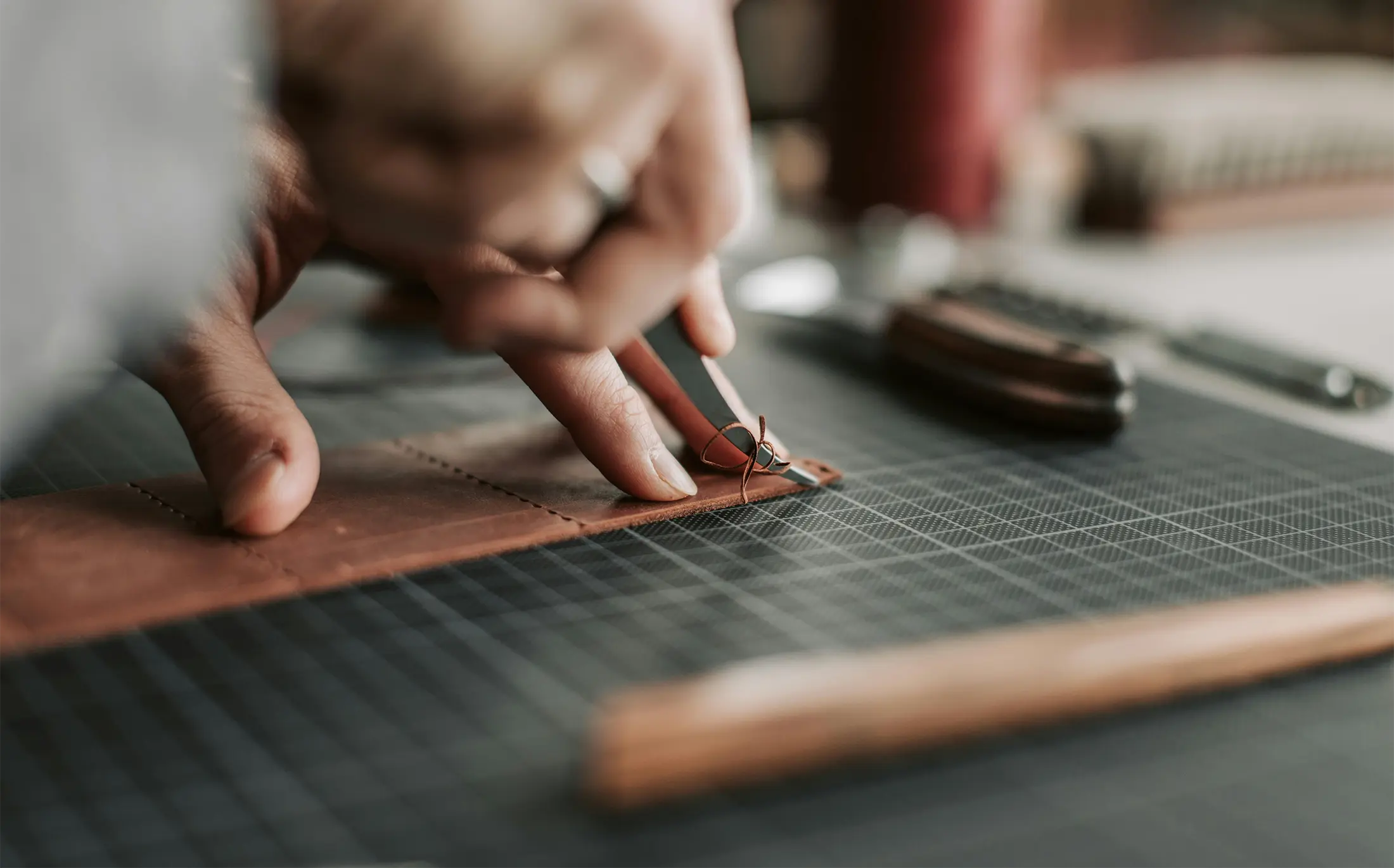You’re Only as Good as Your Craft
One of the most memorable pieces of advice I heard in college came from a professor who said, “You’re only as good as your craft.” At the time, it was a reminder to master the tools of the trade and take pride in your work. But over the years, I’ve come to understand it as something more foundational, a philosophy that applies to everything from strategy and creative direction to production and delivery.
At BOLTGROUP, we invest a great deal of energy into building ideas that push boundaries and move products and brands forward. That part of the work tends to get the spotlight—and rightfully so. But what happens after the idea is approved is just as critical. The organization of the file. The clarity of the documentation. The readiness of the assets. These things may not be glamorous, but they can make or break a project.
Presentation in design isn’t just about the final look. It’s about the layers you don’t see at first glance—the way a file is structured, how styles and components are applied, how assets are labeled, and how easy it is for the next person to pick it up and move forward. Whether the next person is a developer, printer, or client-side marketer, the way we prepare our files sends a clear signal about who we are.
A clean, well-organized file communicates more than competence, it signals care. It shows that we’re thinking beyond our own desks, anticipating needs, and making it easier for others to succeed. That’s the kind of reputation we want to build, not just as creative thinkers, but as trusted partners.
Too often, the final step, hand-off, is treated like a formality. But we see it as a crucial part of the design process. It’s the part where vision becomes reality. And when that step is handled with the same attention and thought as the early-stage strategy, it sets the entire project up for success.
We’ve all been on the receiving end of a file that’s chaotic and incomplete. It slows down production. It leads to errors. And it creates unnecessary friction in relationships that should be collaborative. On the flip side, when a vendor tells us, “Thank you. This is the cleanest file I’ve seen all week”, we know we’ve done our job right. That kind of feedback may seem small, but it reflects something much bigger: a culture of professionalism, consistency, and pride.
Taking the time to do things right—even the things no one sees—says everything about how you work. It also helps your team internally. Cleaner files mean faster collaboration. Shared systems mean fewer questions. You reduce waste, improve speed, and make room for better creativity.
It also sends a powerful message to clients: We care. We’re dependable. We finish strong.
Even internally, this mindset pays off. When files are built with care, collaboration becomes smoother. Designers can jump into each other’s work without guesswork. Updates can happen quickly. And when a project transitions from design to development, or from prototype to production, the baton passes cleanly without dropping. Creativity and discipline aren’t opposites; they work hand in hand. Strong ideas need structure to thrive. Presentation is part of the solution, not an afterthought. It’s what turns good work into great results.
Ultimately, design is a team sport. Our work touches a lot of hands, each with its own responsibilities and pressures. By putting in the effort to deliver clean, intentional work, we’re doing more than being “organized.” We’re reducing friction across the board. We’re helping our collaborators do their best work. And we’re reinforcing the idea that great design is as much about the how as the what.
Because yes, your craft does define you. Not just in the ideas you generate, but in how you follow through. The care you take in presentation, in preparation, in hand-off—that’s the difference between being good at design and being great at delivering results.
And in our experience, it’s that difference that keeps people coming back.
